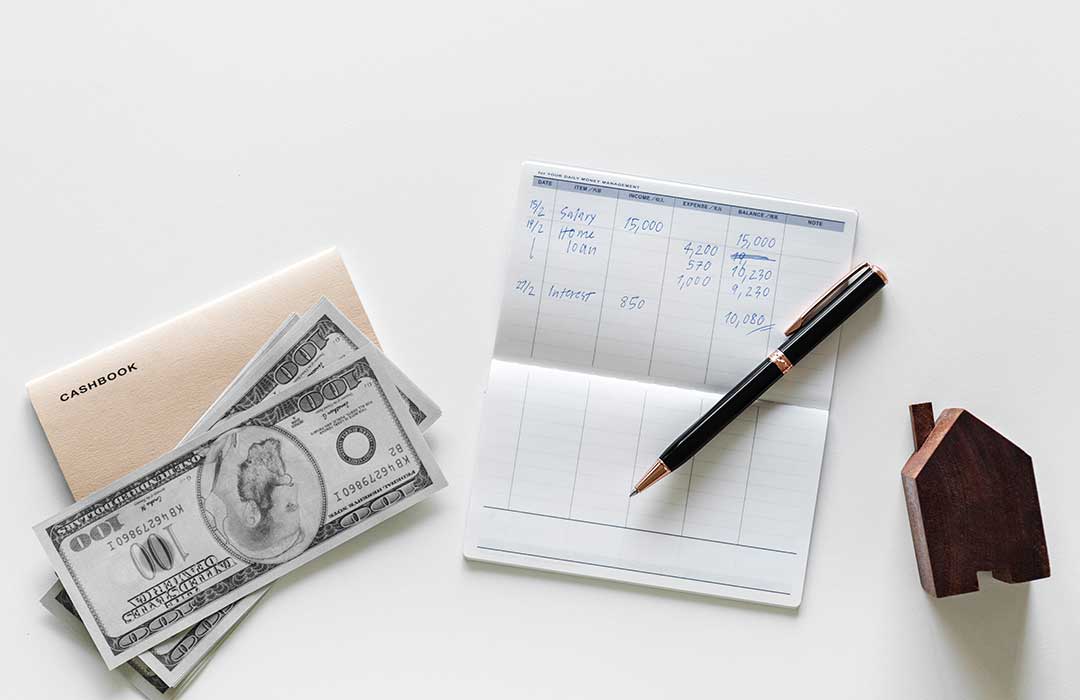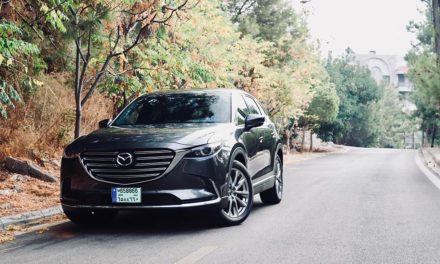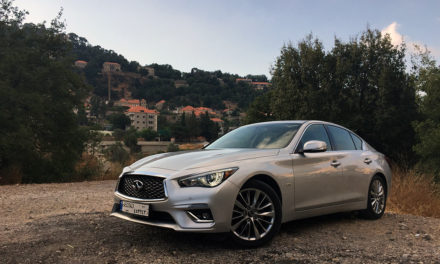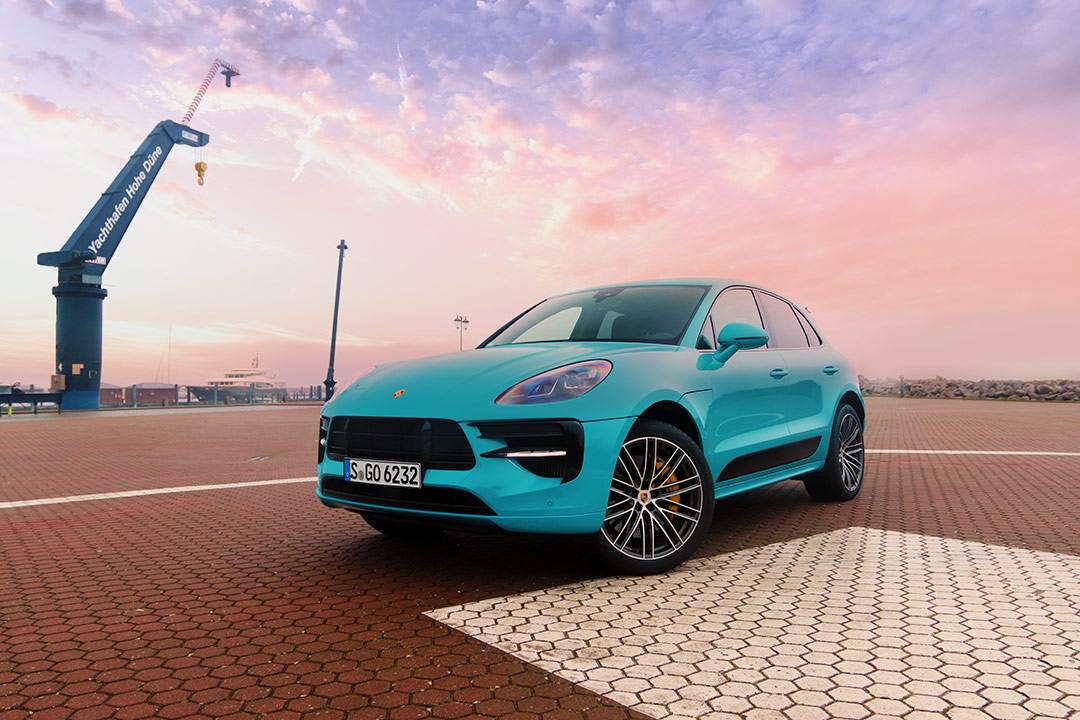
A
long time ago, long before I ever started writing about cars, I had a friend named Joe. He had just gotten his first job at a bank and was determined to purchase a car that matched his suit, so to speak. So, after hitting up every one of his relatives to get some cash together for a down payment, and after arranging for a car loan to cover the rest, Joe went out and bought himself a freshly imported 5-Series BMW.
Soon after he bought the BMW, the car’s suspension started to make odd sounds, so I took him to my mechanic. The mechanic was actually a decent enough guy who gave him some good advice. As he explained it, the car had been imported from the U.S., where they don’t have rough roads, potholes or monster bumps. And although the suspension was compromised, it had lasted this long because the road surfaces the BMW had been subjected to had been kinder.
Lebanon’s horrific roads, however, had quickly exacerbated the weaknesses and the car’s suspension soon started to rattle and knock.
The mechanic’s advice was to simply install fresh tires, since the soft new rubber would cushion out most of the roads’ roughness and offer a much nicer ride. A simple yet pragmatic solution.
But Joe was aghast, saying he had just bought the car, so how could the tires require changing?
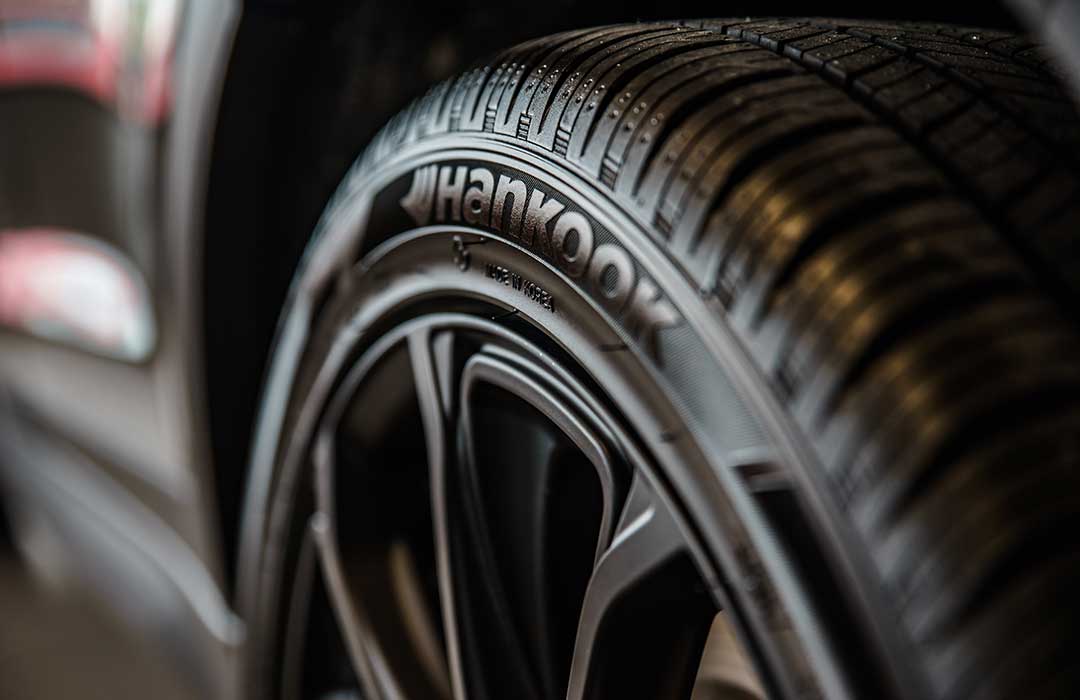
“What you can afford isn’t about how much money you can get your hands on, but how much you can spare”
By this point I’d had enough of his nonsense, and explained to him bluntly that although he had bought the BMW recently, it was in fact just a used car and the tires on it hadn’t been replaced since it left the showroom some 10 years earlier.
Then I abandoned all restraint and decided to give my friend some tough love, asking him whether he had considered the costs of owning the car. And I wasn’t talking about the down payment.
Joe had to pay $300 a month in installments. His fuel would cost him another $150 a month. This being a used car, he had to anticipate on average, at the very least, $100 in monthly mechanical repairs. Then there was the cost of oil changes, servicing, parking, car washes, the occasional cost of body work since no one would offer all-risk insurance on a 10-year-old car, and even if they did it would cost more than the repairs.
Suffice to say, the costs came to about $1,000 a month, although in my eagerness to make a point I may have exaggerated the amount somewhat. Coincidentally, Joe’s salary was about $1,000 before taxes.
Within a few days, a very terrified Joe had sold the BMW and bought a much newer Honda for the same amount. Fortunately, registration was still trivial at the time so he didn’t suffer too big a loss. I rarely see Joe anymore, but whenever I do come across him he makes a point of telling everyone within earshot that I kept him from making a huge mistake. If only I had listened to my own advice …
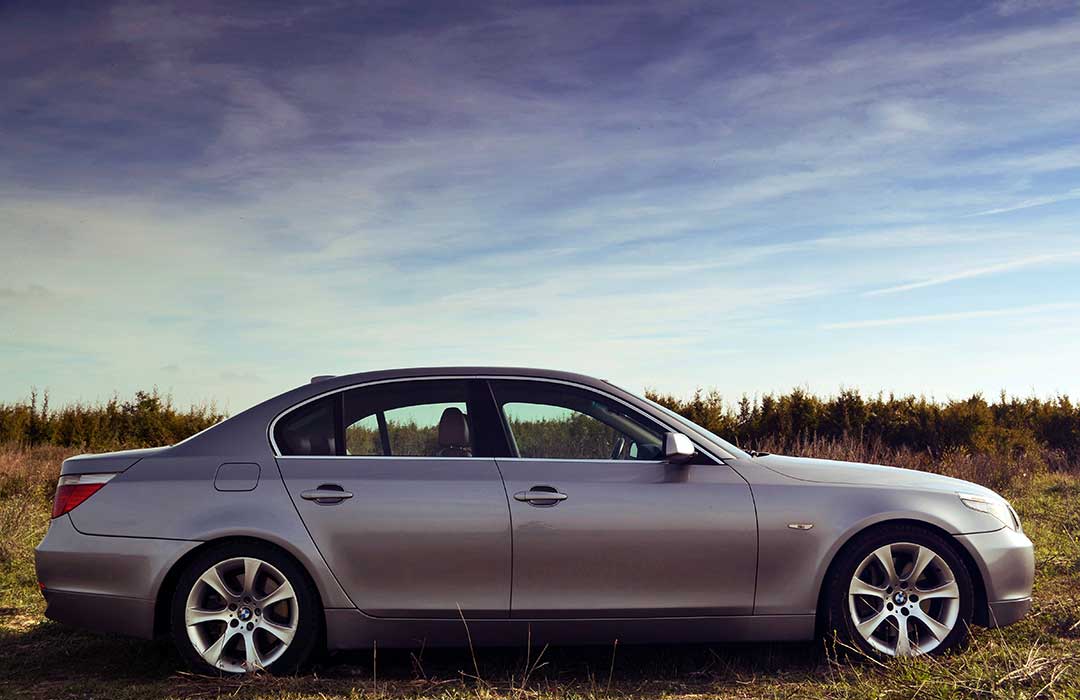
WHAT YOU NEED, WHAT YOU WANT AND WHAT YOU DESERVE
Everyone WANTS to own a Ferrari, or a Lamborghini, or a Porsche, or pretty much anything that’s expensive, exotic, fast and pisses other people off. In fact. Many people convince themselves that they NEED such cars in order to justify the massive price tag.
I’m one of those idiots. I convinced myself for over 25 years that I NEEDED to own a Porsche, which soon became two Porsches, as well as a Volkswagen Golf and a BMW E92. I actually had four cars at the same time, three of which I almost never drove, but I paid insurance on all four, as well as “mecanique,” and for some reason they almost always required work even though they hadn’t budged from their spots for weeks at a time.
I soon realized that I had become worse, and possibly dumber, than Joe. What I DESERVED was peace of mind, and to be able to spend my income in ways that didn’t involve enriching the state Treasury, insurance companies or mechanics.
And so first I got rid of one Porsche, then the Golf, then the other Porsche, and ended up keeping the BMW, which had in fact been my preferred daily driver and was equipped with every luxury and feature that I could possibly want in a car. It was also the newest among the four and never cost a cent other than routine servicing.
More importantly, it was what I NEEDED, because not only did it serve me well in my daily commutes to work, but unlike the Porsches it was spacey enough to transport four people in comfort and, unlike the Golf, mature enough not to embarrass me when I was with other adults.

THE BOTTOM LINE: WHAT CAN YOU AFFORD?
This is actually where most people have trouble. What you can afford isn’t about how much money you can get your hands on, but how much you can spare. Think about Joe.
Ideally, if you want to be responsible, when buying a new car your overall monthly payments should not exceed a third of your disposable income.
That means a third of what’s left after you’ve paid off your regular bills such as rent or home payments, tuition, electricity, cellphone bill, etc. Of course, I’m assuming that you do want to be able to buy other things like food, socks and the occasional bar of soap.
If you opt for a used car, I’d recommend no more than a fifth of your disposable income because breakdowns are more likely and the car will not be covered by a warranty.
Really, buying a car isn’t rocket science, and you’ll find that you’re more likely to make the wiser choices when you forget about what other people think and focus on what will make your life easier for the least amount of money.
A version of this article appeared in the print edition of The Daily Star on September 29, 2017.
